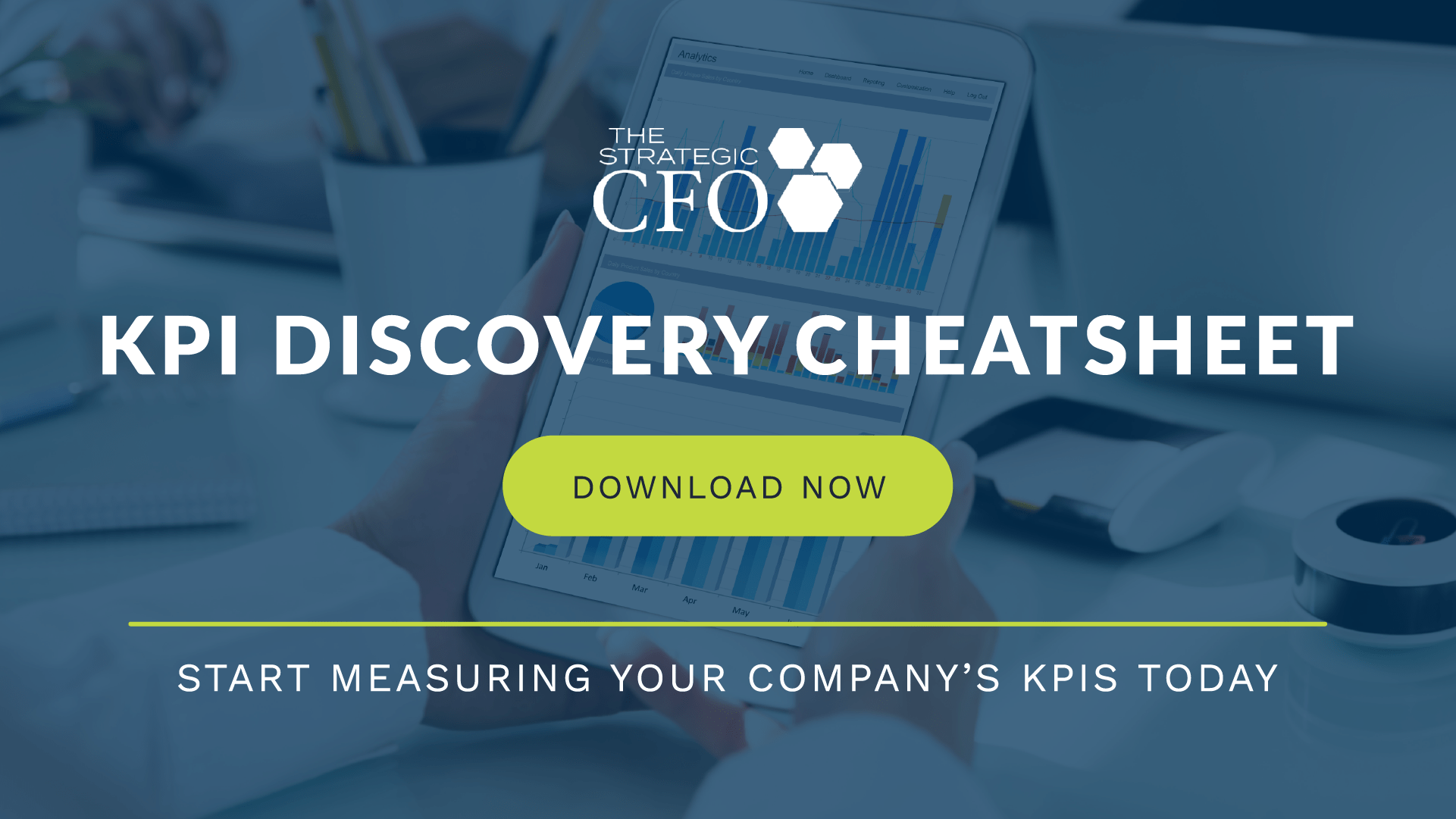Quick Ratio Analysis Benchmark Example
Quick ratio calculation is a useful skill for any business that may face cash flow issues. Furthermore, quick assets include those current assets that presumably can be quickly converted to cash at close to their book values. It normally includes cash, marketable securities, and some accounts receivables.
Current liabilities represent financial obligations that come due within one year. It normally included accounts payable, notes payable, short-term loans, current portion of term debt, accrued expenses and taxes.
For example, a business has $5,000 in current assets, $1,000 in inventories and $2,500 in current liabilities.
Quick ratio = (5,000 – 1,000) / 2,500 = 1.6
Since we subtracted current inventory, it means that for every dollar of current liabilities there are $1.6 of easily convertible assets.
Quick Ratio Example
The following is a quick ratio analysis benchmark example. Suzy has started a boutique-style bakery which is mainly servicing customers who desire wedding cakes. Suzy, who works in a trade which she is truly passionate about, is by no means an expert in financial statements. She is, however, an expert in the operations of her business. She knows that if she wants to scale, something that her customers are driving her to as much as her own desires for financial success, she needs a partner who can provide the business expertise. About the time she realizes this Suzy meets Monica, an experienced restauranteur. The two women quickly develop a rapport. Suzy learns that Monica is looking for a new deal and communicates her needs over lunch. They resolve, after a testing period, to support each other by applying their expertise to Suzy’s business. The two women become partners.
Calculation
Monica knows that lack of cash is one of the main reasons that causes any business, especially in food-service, to close doors. As Monica takes her initial look at the financial statements of the business she keeps this in mind.
Monica wants to know if the company can pay its debts. Due to the fact that the business desperately needs all inventory to continue scaling, she resolves to use quick ratio vs current ratio calculation. Since there is no quick ratio accounting calculator, she performs this calculation:
If:
Current Assets = $5,000 Inventory = $1,000 Current Liabilities = $2,500
Quick ratio = (5,000 – 1,000) / 2,500 = 1.6
This means that for every dollar of current liabilities there are $1.6 of easily convertible assets.
This is a major relief to Monica. Finishing her analysis of the company statements Monica feels very confident. As long as employee turnover remains the same the two women have avoided two of the most important issues a business could face.
[box]Strategic CFO Lab Member Extra
Access your Flash Report Execution Plan in SCFO Lab. The step-by-step plan to create a dashboard to measure productivity, profitability, and liquidity of your company.
Click here to access your Execution Plan. Not a Lab Member?
Click here to learn more about SCFO Labs[/box]
See Also:
Quick Ratio Analysis













